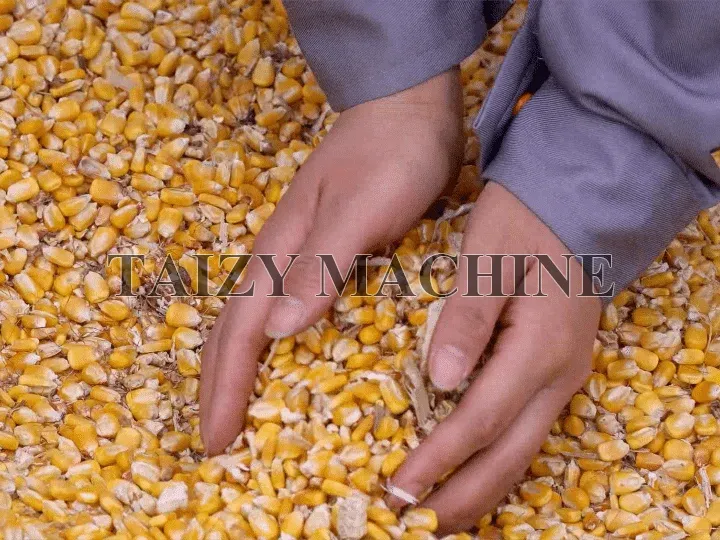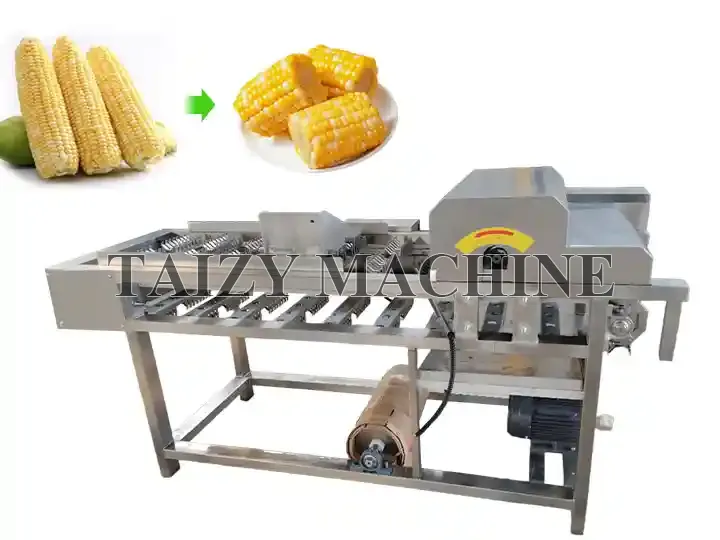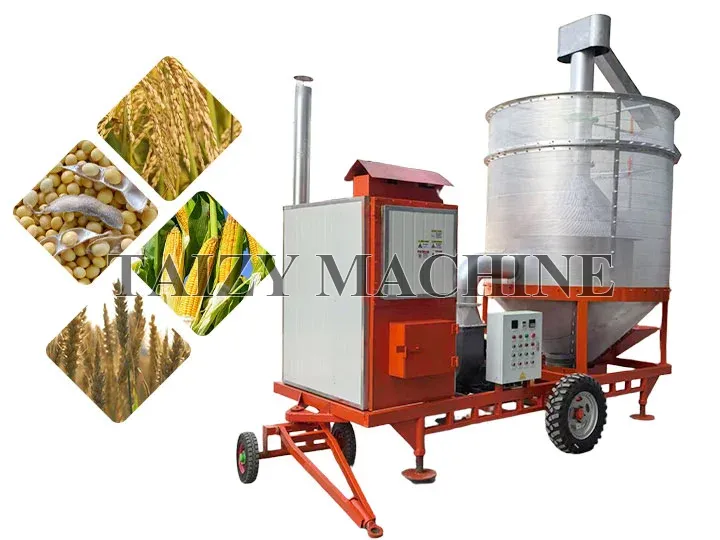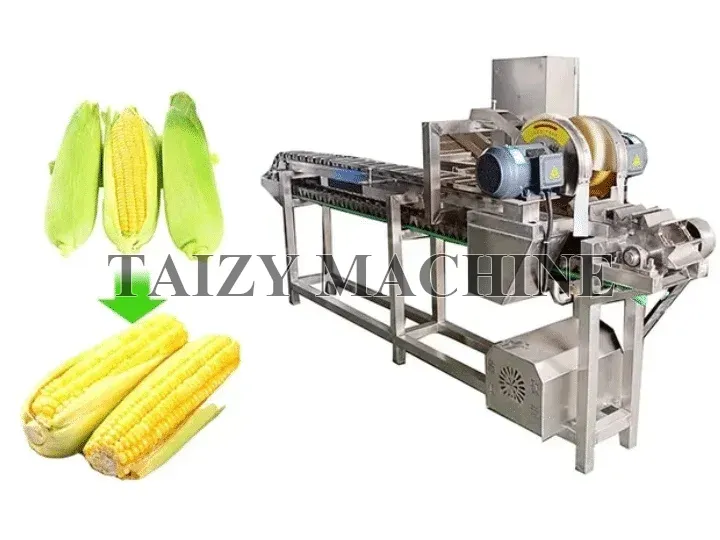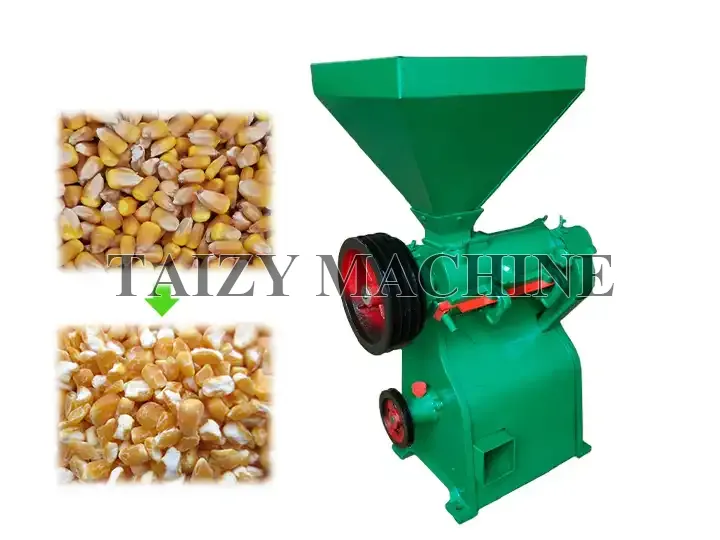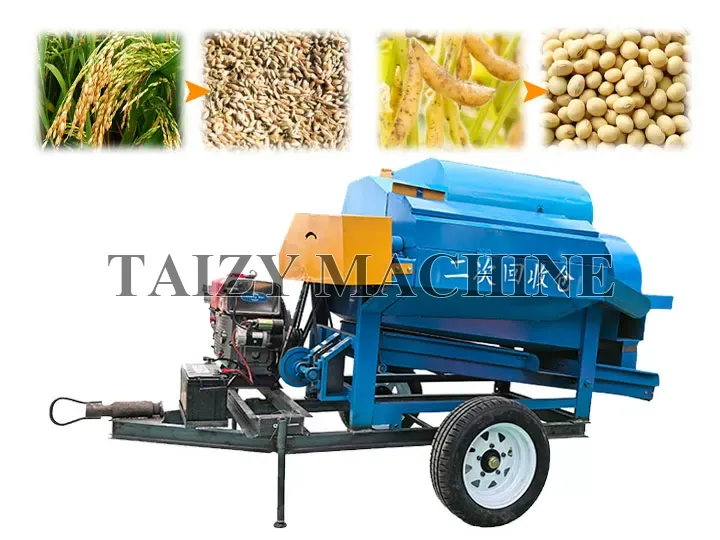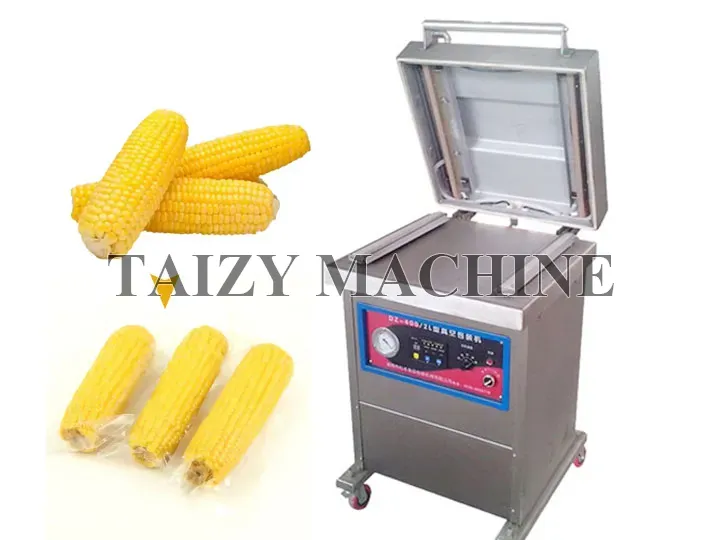How To Maximize Corn Profit Under The Influence Of High Temperatures And Floods?
Disasters in recent years have demonstrated the severity of the impact on agricultural production. Today, let’s analyze how to maximize profits when corn yield and quality are poor, using corn (one of the most important grains worldwide) as an example.
The weather has a significant impact on corn quality
The overall global temperature is on the rise, and many corn-producing areas in North America, South America, Asia, and Europe are deeply affected by it. There are three main effects:
1. Drought affects the corn quality rate
According to statistics, as many as 53% of corn-growing areas in the western U.S. Corn Belt are in drought. Southern Europe (Spain, Italy, Greece, and Türkiye) experienced a severe heatwave in the summer of 2025. Argentina, one of the main corn-producing countries in South America, was severely affected by drought in 2024-2025. Drought is also severe in northern Asia.
How does high temperature influence corn cultivation? Drought conditions affect soil moisture content and root water absorption capacity, resulting in difficulty in corn filling and reduced grain weight, thereby reducing the quality grade and overall yield.
2. Flooding causes corn to mold and rot
The central and southern United States, especially Arkansas, experienced unprecedented flooding, with 31% of the planted area flooded. In May, a short period of rainfall of up to 260 mm in the northern part of Poza Province, an agricultural region in Argentina, caused large areas of corn to be flooded.
Floods during the harvest period cause corn to have high moisture content, which makes it prone to mold and difficult to store. It also had a great impact on the planting of corn in the second season.
3. The terrible effects of the “Corn Sweat”
“Corn sweat” refers to the phenomenon that corn releases a large amount of water into the air through transpiration, creating a high humidity environment. It appears in the field of the Midwest of the United States, where the terrain is flat and has dense corn cultivation.
This type of hot and humid condition hinders the crop’s transpiration cooling mechanism, exacerbating heat damage. Even at night, the temperature cannot return to normal, affecting corn metabolism and making it difficult to set seeds.
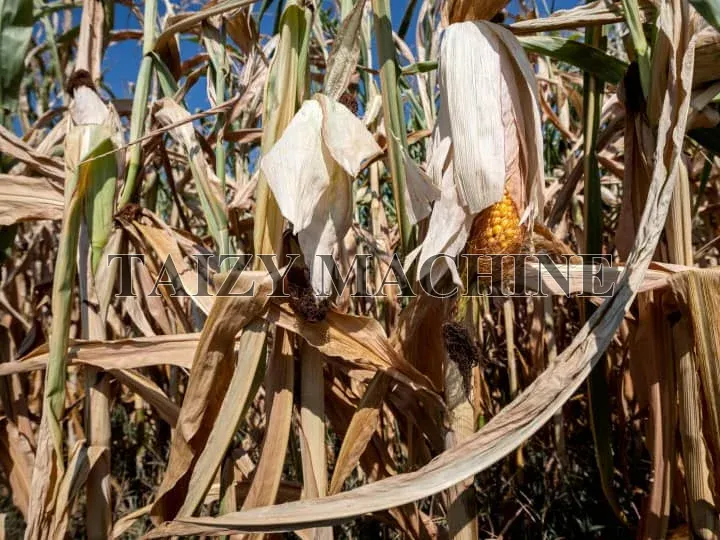
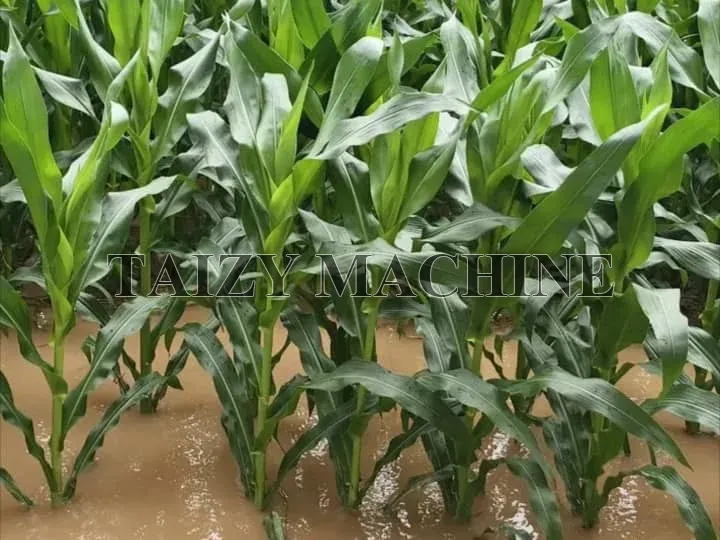
How to reduce losses and increase corn profits?
We can not control the weather, but we can use equipment to reduce losses and increase profits.
Corn kernels in drought-affected areas are sparse or underdeveloped, resulting in fewer full kernels at the top. Such corn cannot be sold directly at the same price as usual, and can only be purchased at a low price and sold to food processing plants.
So, for some farms or agricultural communities, processing the raw materials into semi-processed foods will save some losses. We once had some customers order fresh corn sheller machines for their farm project in Orlando, Florida, USA, which cleverly solved the corn kernel supply problem. Instead of buying canned corn and frozen corn kernels for restaurant food supplies, they choose this equipment to ensure food quality and safety.
At the same time, how to deal with the mold problem caused by excessive rainfall. The grain dryer is a good idea for reducing corn spoilage after harvest. Click the link to learn more details about it.

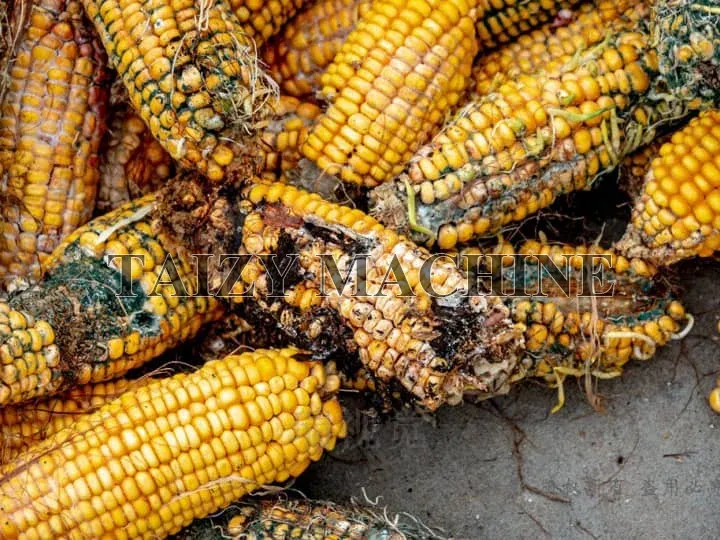
Future trends in agriculture to cope with extreme weather
According to the global trend in the past decade, climate warming has increased the probability of extreme precipitation events, leading to frequent droughts and floods. This is extremely detrimental to the world’s agricultural development.
When faced with such problems, what we can do is limited, but it is useful.
- Selecting heat-resistant and flood-resistant corn varieties.
- Improving irrigation and drainage systems.
- Applying precision agriculture tools.
These are all issues that need to be addressed for the development of future development.
If you want to know more about agricultural tools or want to consult any questions, contact us now!
